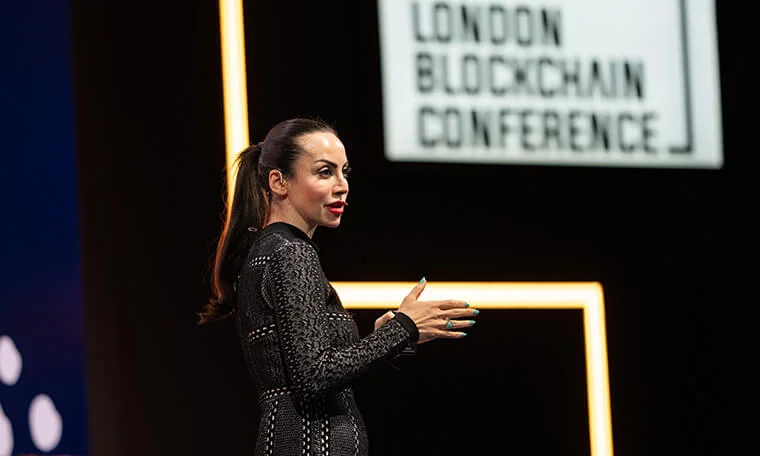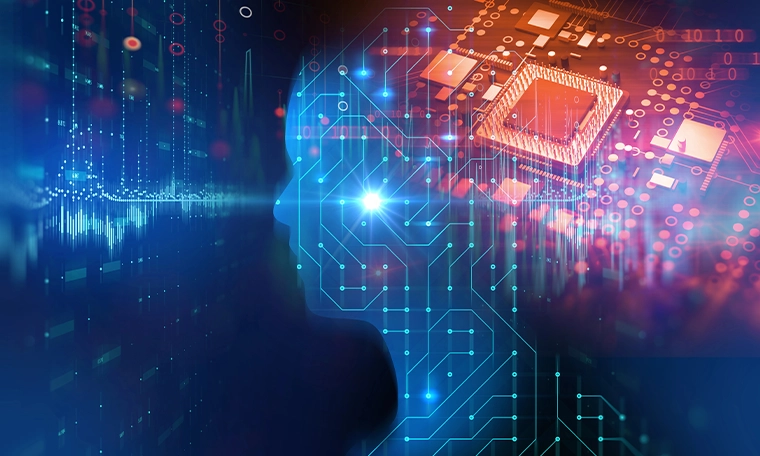Web 3.0 and AI are two concepts those involved in the blockchain space have heard a lot about in recent years. At the London Blockchain Conference 2024, Somi Arian took to the stage to talk about how AI and blockchain technology can form the perfect marriage.
Decentralised Blockchains and Distributing the Power of AI
Does blockchain need AI more than AI needs blockchain? This is the question Arian led with, and it’s a thought-provoking one. In her perception, AI needs blockchain more from a practical point of view, but blockchain probably needs AI more from the public perception side of things.
Yet, as people in positions of power figure out what blockchains are and what they can do (essentially, they are distributed databases), governments and corporations who enjoy the benefits of centralised power will resist the technology. After all, if any technology has the ability to give them even more power, it’s AI. They won’t want to distribute that power without a fight, and running AI on blockchains would do just that.
Be that as it may, the decentralised structure of Web 3.0 will threaten all types of centralised power, giving users more control over their data and decisions. Therefore, we may see pushback from vested interests who wish to hold onto the power centralisation and secrecy give them.
Using one example of how AI and blockchain can work together to empower people, Arian talked about DAOs. Distributed Autonomous Organisations allow users and token holders to make decisions, but they can lead to decision fatigue. AI models could learn how each user thinks and what they value, eventually making decisions on their behalf. This could have vast implications for everything from Democracy itself to making it easier to accept or reject terms and conditions when using web services.
AI Making Decisions Requires Radical Transparency
Speaking more about AI making decisions, Arian rightly said that blockchain can provide the kind of radical transparency needed to create both truth and accountability. Another speaker at the conference, FICO’s Scott Zoldi, also pointed this out, highlighting how AI has a public trust issue, and blockchain can help with that.
“It’s the perfect marriage,” Arian said. Yet, the benefits of the two technologies coming together go further. While blockchain can help make AI more transparent and can enhance data security and privacy, AI can help blockchains scale and detect fraudulent transactions. Both technologies have superpowers, and when joined together, they become an “uber power.”
Of course, there are still lots of questions about what happens to everyone’s data when used in AI models, and blockchain alone can’t mitigate all the potential problems. Federated learning across nodes can separate the data from the machine learning itself, differential privacy can add noise to the data so it can’t be tied to an individual so easily, and zero-knowledge proofs can help prove something without actually revealing it.
Blockchain Technology Needs to Scale Quickly
Data processing on decentralised networks is a paradigm shift, but it requires a level of scalability that has not yet been reached. While blockchain won’t be used for everything, even tracing the decision-making process for highly complex AI models would require a level of scalability we haven’t seen in a live environment yet.
Of course, using blockchain for exactly that purpose is a great use case. The time-stamped records on blockchains make it perfect for creating accountability and transparency in AI, both in terms of steps developers took and decisions the models themselves have taken, as well as the data used.
All that said, Arian has a warning for the London Blockchain Conference attendees: blockchain is falling behind its potential, and if we don’t move fast and scale quickly, people may stop using it and move onto other things.
It’s All About Unbounded Scaling
Somi Arian is right—the potential of blockchain technology is limited by its ability to scale. While layer two solutions and side chains have been promised and developed, they introduce secondary problems, such as security vulnerabilities or breaking the chain of signatures that create the transparency most seek.
One of the best solutions is to scale the original Bitcoin protocol—bigger blocks bring many benefits, not least of which is the ability to scale quickly into millions of transactions per second. New possibilities in the areas of microtransactions and data transfers are enabled with scalable blockchain technology.
Register today and be the first to learn about upcoming keynote speakers and themes at #LDNBlockchain25.




